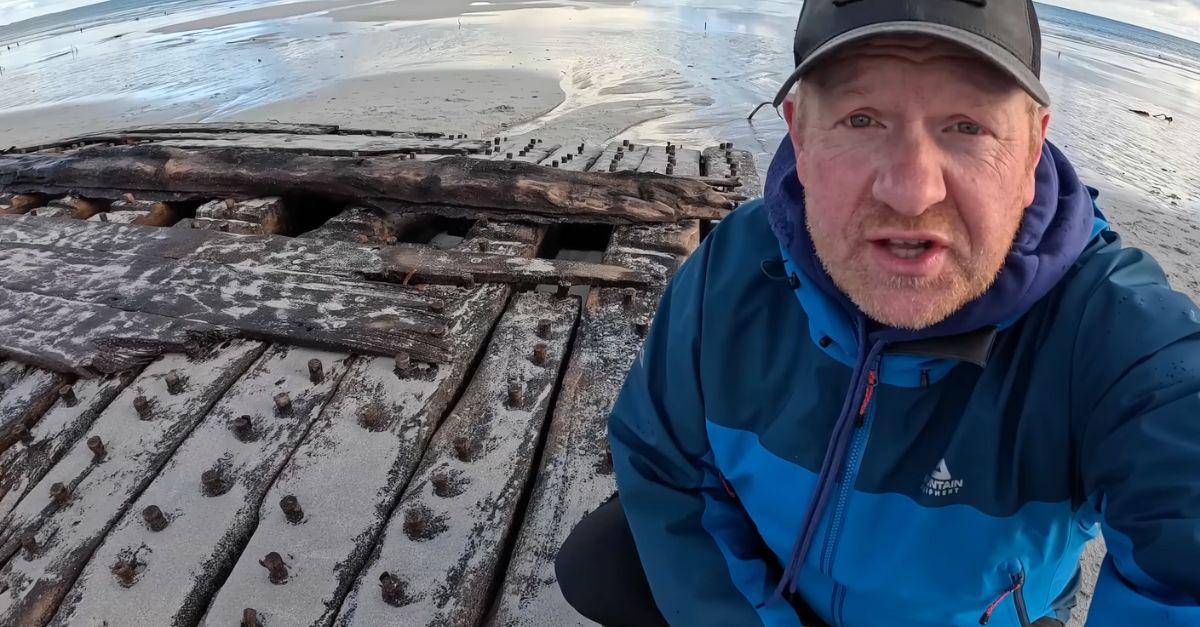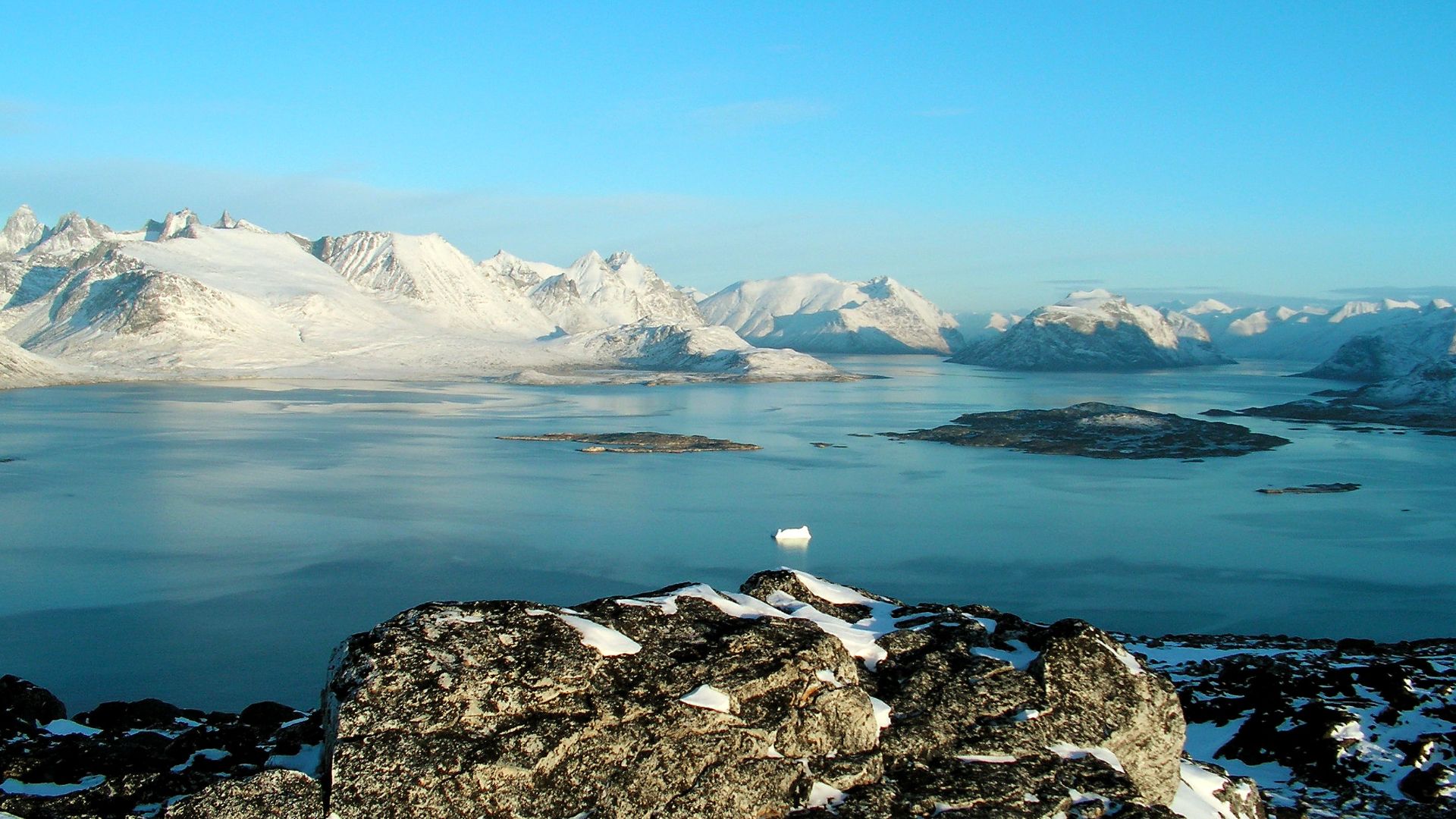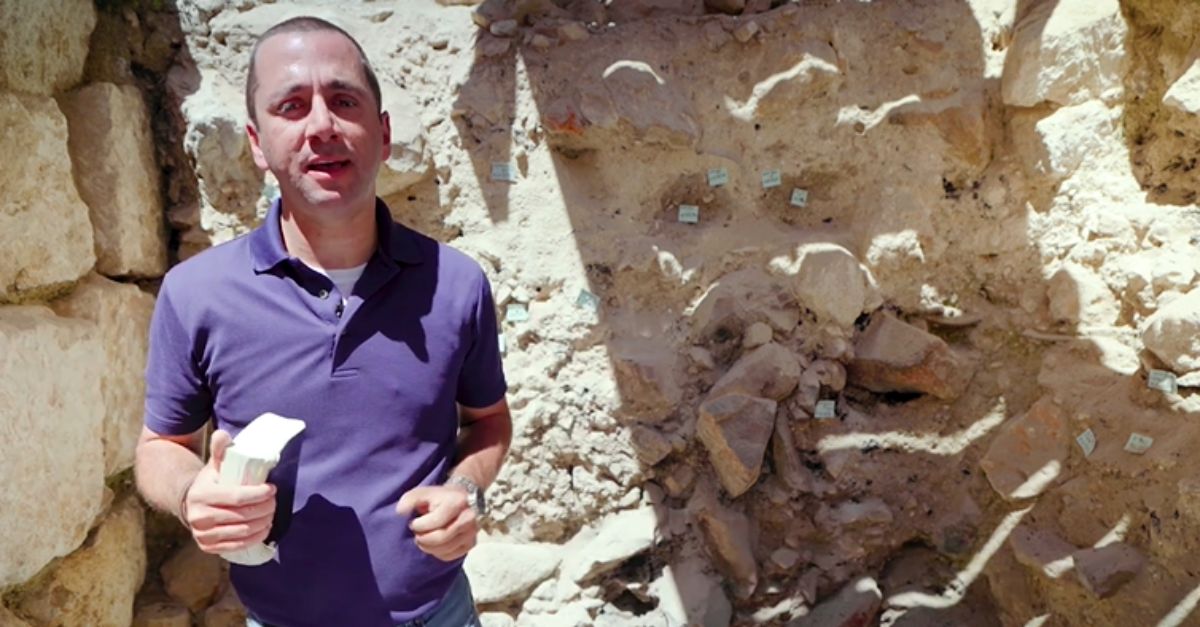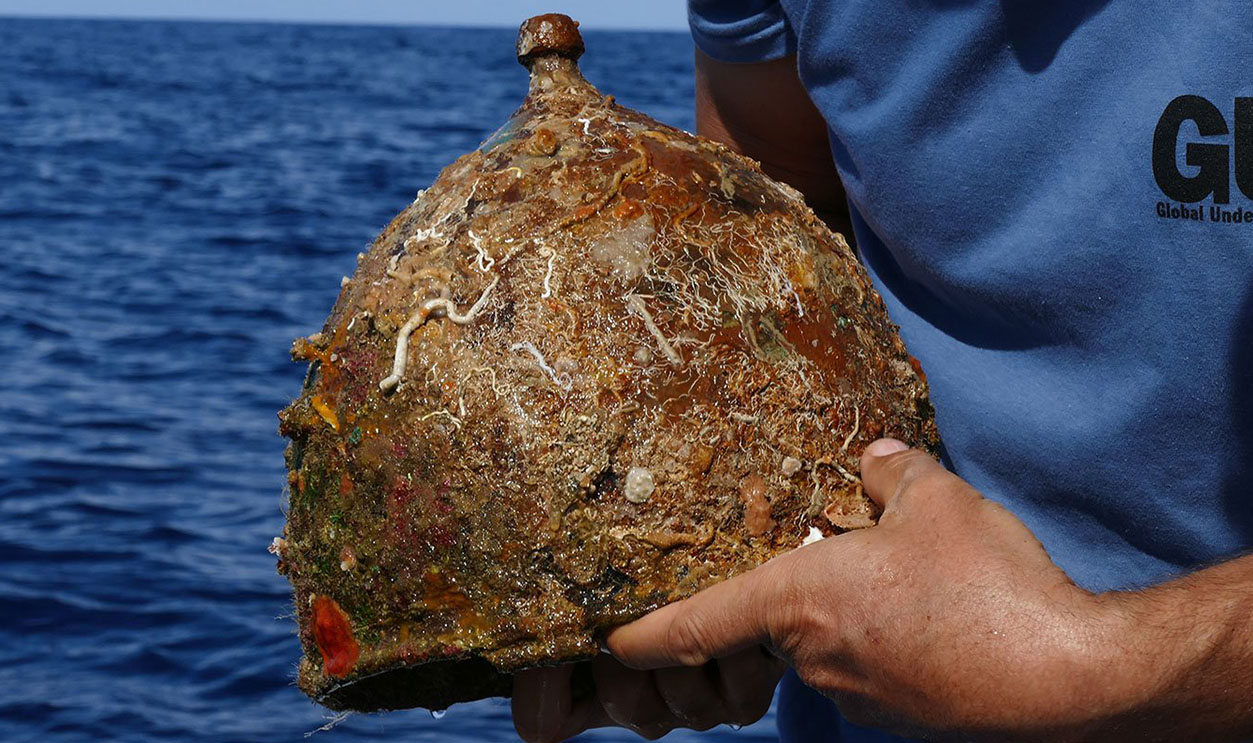A Shipwreck That Spoke Volumes
One winter, the sea pulled back a layer of sand, and a forgotten ship came into view. What began as a ripple in Orkney led to an archaeological revelation with ties to war and survival.

Storms Reshape The Sanday Coastline
In February 2024, strong winter storms battered the island of Sanday in Orkney by loosening sand from the beach at Bay of Lopness. As tides pulled back, a cluster of timber beams began to surface to reveal the first glimpse of something buried deep beneath.
 British warship with Canadian ties identified from shipwreck on Orkney by Global News
British warship with Canadian ties identified from shipwreck on Orkney by Global News
Unusual Timbers Revealed By The Tide
The timber showed clear signs of shipbuilding. It was aged and shaped into curves, which the locals could tell wasn't random debris or driftwood. The beams looked like the base of a vessel—something once built to sail, now buried in sand.
Discovery Credited To A Local Schoolboy
The first to spot the beams was a young boy from the island who was out for a walk. His parents called the local heritage group after he returned home talking about "huge wood bones" sticking out of the sand. They knew right away it mattered.
Discovery Credited To A Local Schoolboy (Cont.)
That call prompted immediate action from Historic Environment Scotland. Officials requested photos as shifting sands began covering the wood again. The boy's name remains private, but his role is confirmed in the formal site records. His sighting triggered one of Scotland's most surprising recent maritime finds.
 Sandy Gemmill, Wikimedia Commons
Sandy Gemmill, Wikimedia Commons
Islanders Mobilize To Recover The Remains
Sanday's tight-knit community jumped into action. With help from local volunteers and farming equipment, nearly 12 tonnes of waterlogged timber were lifted from the beach. They worked in shifts by logging each piece and covering it quickly to avoid damage from exposure.
 Ancient Orkney shipwreck put in water tank for preservation (UK) 30/Sep/2024 by Mark 1333
Ancient Orkney shipwreck put in water tank for preservation (UK) 30/Sep/2024 by Mark 1333
Timbers Were Hauled To Safety By Hand And Tractor
There was no official team on-site yet, so islanders followed advice from Historic Environment Scotland. Using freshwater tanks, they stored the timbers to stop them from cracking in the open air. It was cold, muddy work, but no one hesitated.
 250 year old shipwreck discovered in Orkney gives up its secrets by Historic Environment Scotland
250 year old shipwreck discovered in Orkney gives up its secrets by Historic Environment Scotland
Dendrochronology Pinpoints The Era
Dendrochronology works by analyzing tree rings to determine when and where wood was cut. Every tree grows unique annual rings. Scientists applied this method to the oak remains and determined they came from southern England.
Dendrochronology Pinpoints The Era (Cont.)
By comparing ring patterns to reference datasets, researchers dated the wood to trees felled in the 1750s. These rings matched known samples from English shipyards. The ship could not have been built before then, which confirms its 18th-century origin and narrows the list of likely candidates.
 250 year old shipwreck discovered in Orkney gives up its secrets by Historic Environment Scotland
250 year old shipwreck discovered in Orkney gives up its secrets by Historic Environment Scotland
Wessex Archaeology Takes The Lead On Study
Wessex Archaeology, one of the UK's top heritage firms, stepped in to document the site. Their specialists examined construction marks and timber dimensions. What they saw matched Royal Navy standards in use during the 1740s and 1750s—a strong indication of military origins.
 250 year old shipwreck discovered in Orkney gives up its secrets by Historic Environment Scotland
250 year old shipwreck discovered in Orkney gives up its secrets by Historic Environment Scotland
Microscopic Grain Patterns Support Naval Origin
Each timber held microscopic clues. Scientists studied growth rings and density shifts, then compared them to samples from known naval ships. The match was intense. These trees were almost certainly part of a shipyard supply used for British military construction in the Georgian era (1714–1830).
 National Cancer Institute, Unsplash
National Cancer Institute, Unsplash
Archival Clues Narrow The Field To HMS Hind
Researchers cross-checked timber age and ship registries from the 1700s. One name fit all markers: HMS Hind, a 24-gun sixth-rate Royal Navy frigate built in 1749. After service in multiple wars, she was sold to private owners and renamed for commercial use.
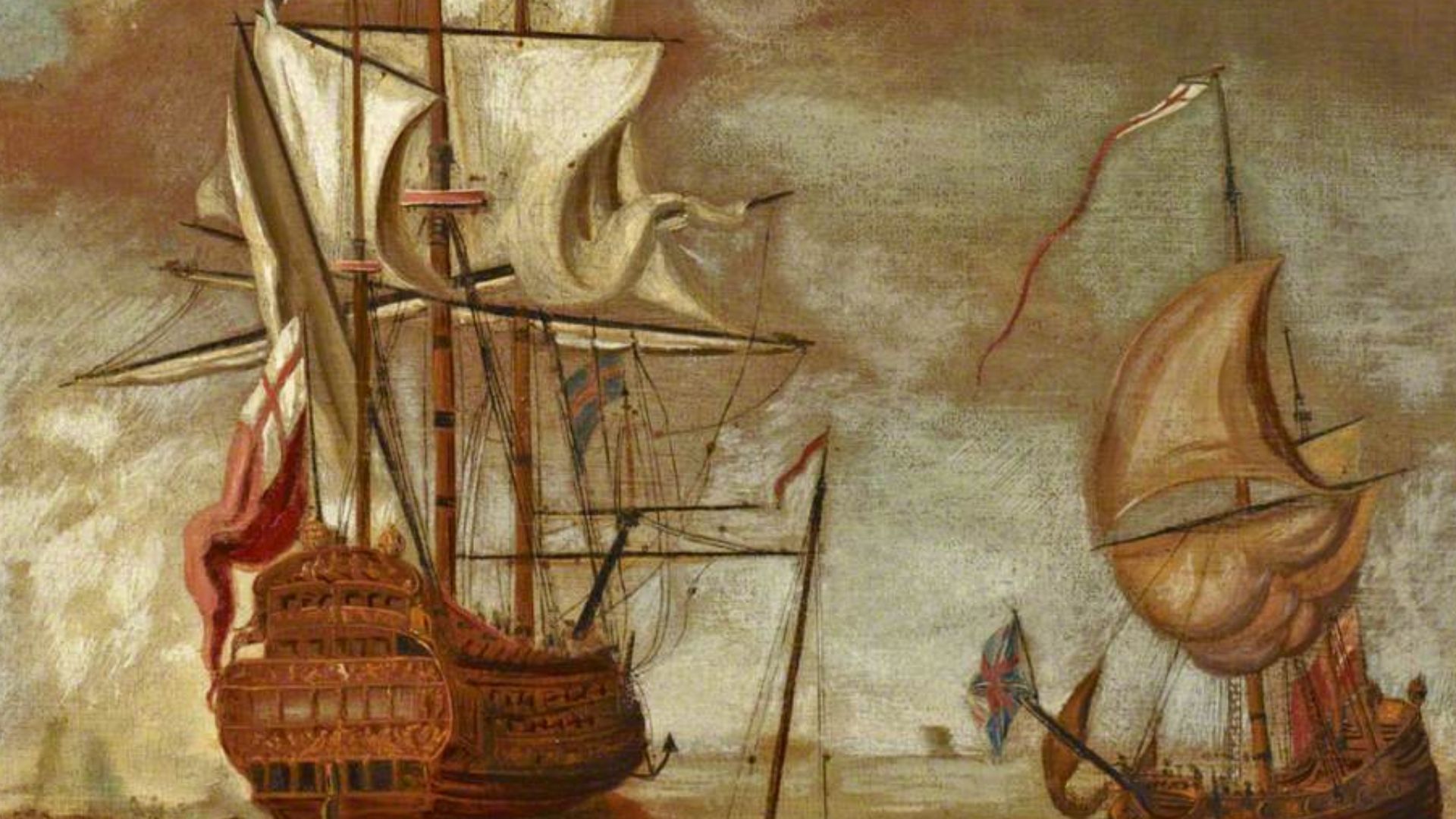 Peter Monamy, Wikimedia Commons
Peter Monamy, Wikimedia Commons
Archival Clues Narrow The Field To HMS Hind (Cont.)
The ship's 1784 sale aligned with timber dating. Naval logs described Hind's unique build, including hull dimensions found in the wreck. Her listing in Lloyd's Register as the Earl of Chatham closed the gap. In 2025, ship plans and excavation data confirmed the match officially and conclusively.
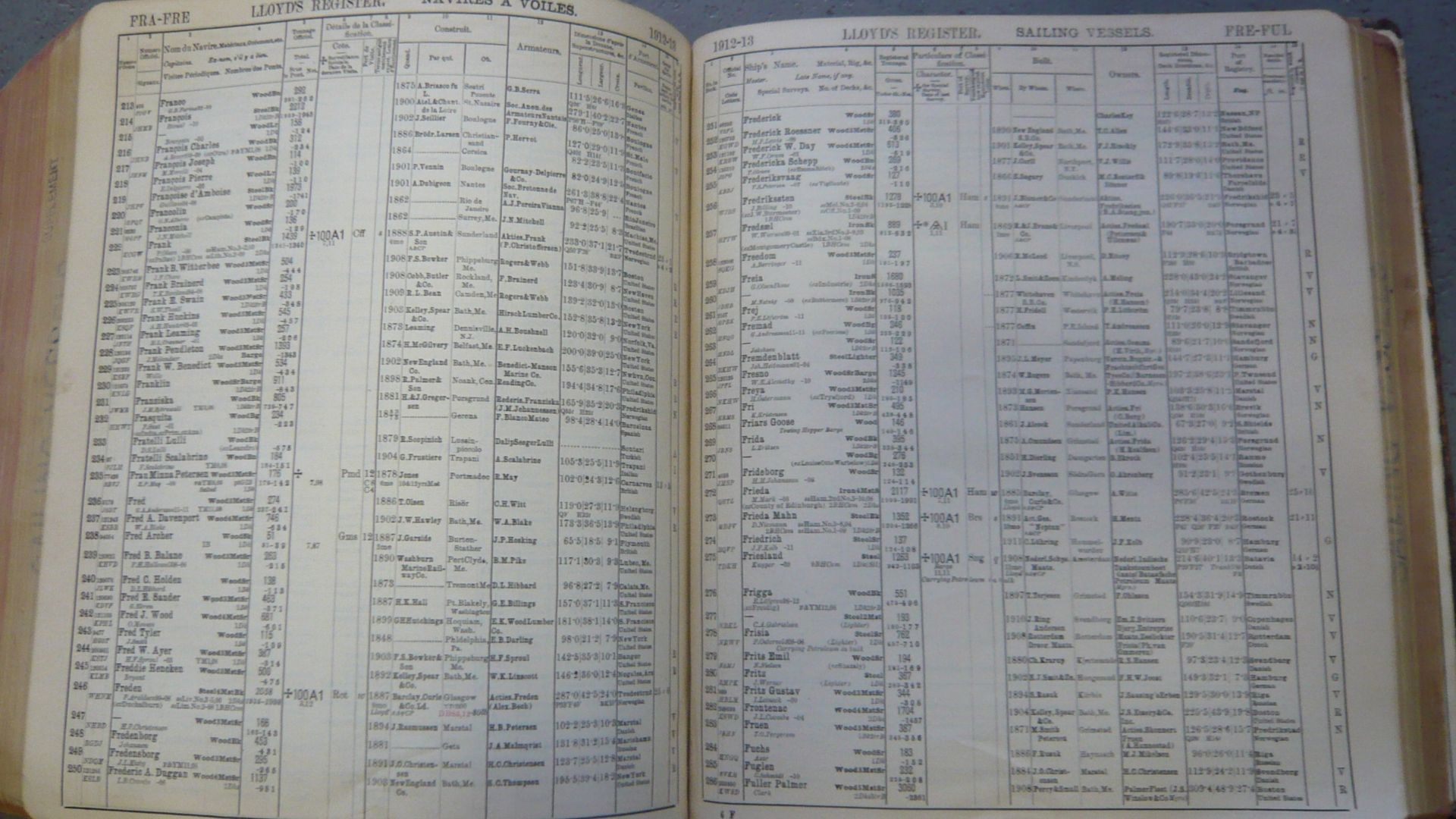 Jane023 (talk) 23:42, 10 February 2011 (UTC), Wikimedia Commons
Jane023 (talk) 23:42, 10 February 2011 (UTC), Wikimedia Commons
A War Frigate Built For Empire
As mentioned earlier, HMS Hind joined the Royal Navy in 1749, a year that anchored her legacy. Being a sixth-rate frigate fitted with 24 guns, she was designed for speed and maneuverability. Therefore, her early years placed her in key wartime missions, including battles at Louisbourg and Quebec.
A War Frigate Built For The Empire (Cont.)
The Royal Navy used such sixth-rate frigates for escort duties and intelligence gathering. As a smaller ship, she could outrun larger vessels and intercept enemy convoys. Surviving records show she frequently sailed with British fleets during both the Seven Years' War and the American Revolutionary War.
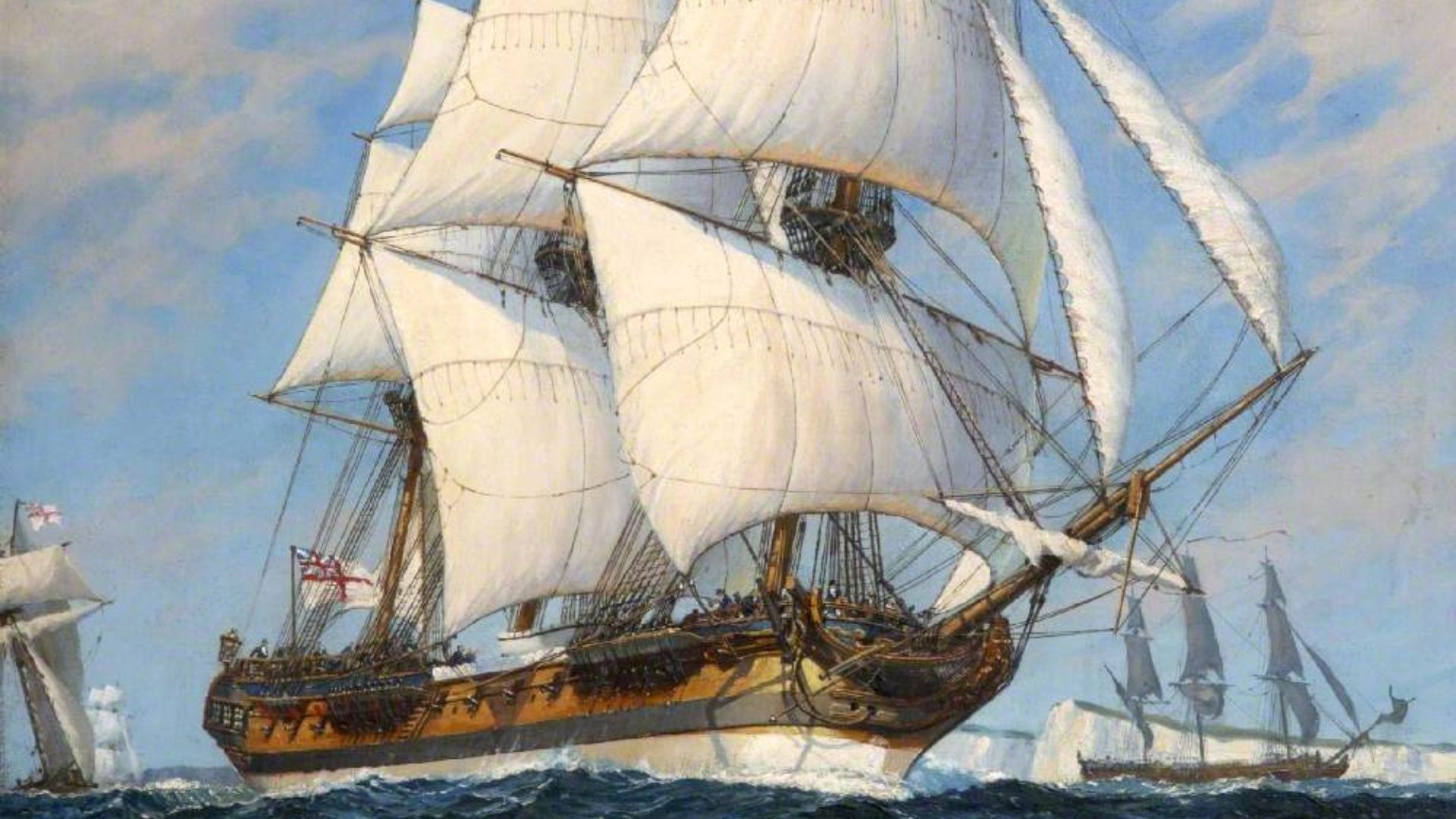 William McDowell, Wikimedia Commons
William McDowell, Wikimedia Commons
She Crossed Oceans Under The Union Jack
Hind spent little time anchored. Naval logs show she crossed the Atlantic repeatedly by escorting merchant ships through pirate-prone routes and hostile waters. She also patrolled the British coastline and participated in Caribbean missions, where growing colonial unrest often turned into direct naval conflict.
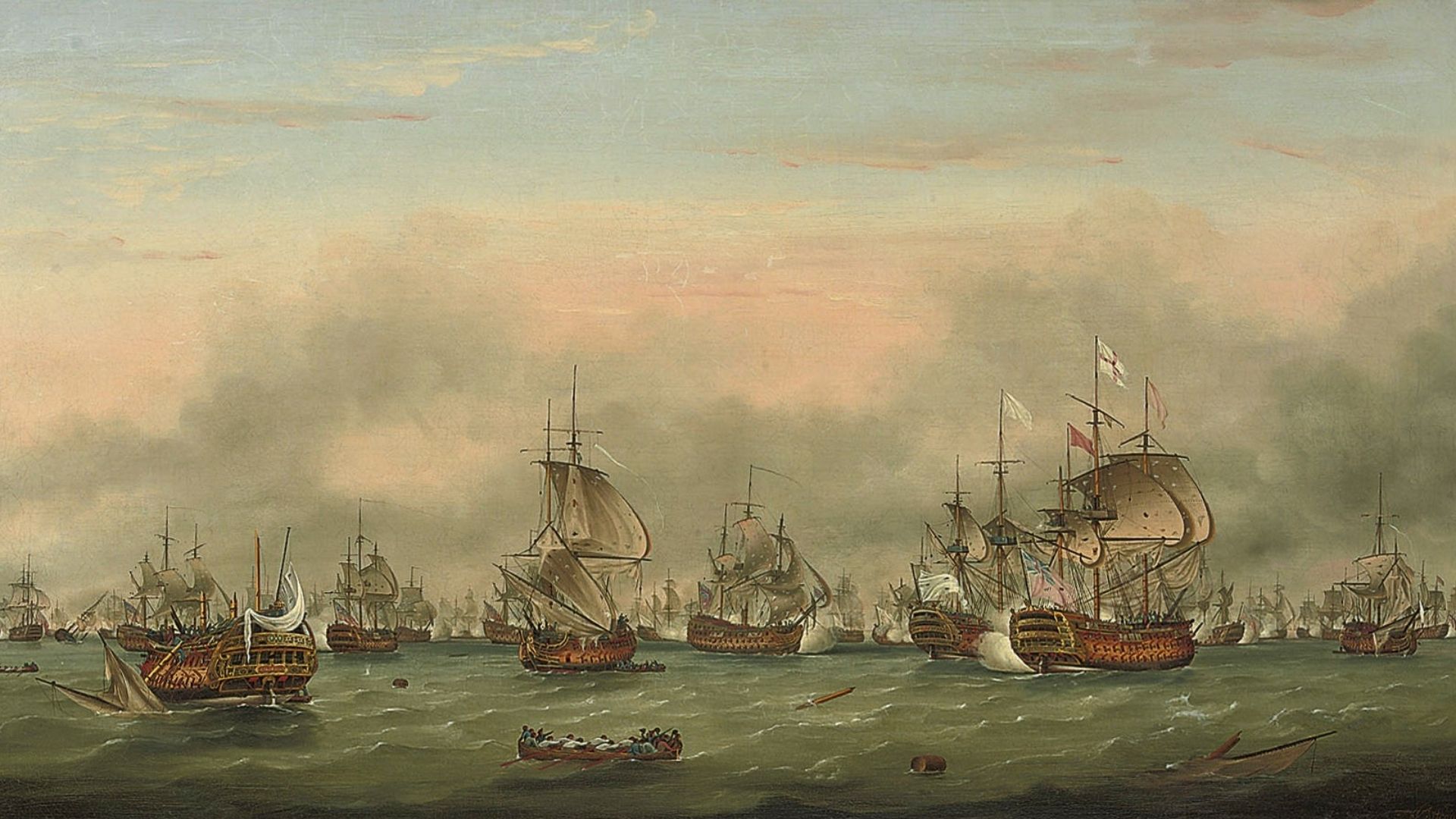 Thomas Mitchell (1735-1790), Wikimedia Commons
Thomas Mitchell (1735-1790), Wikimedia Commons
A Whaling Vessel Venturing To The North
Under private ownership, the Earl of Chatham sailed north toward Greenland and Davis Strait. Lloyd's Register recorded four Arctic whaling voyages between 1784 and 1787. The refitted ship joined Britain's booming whaling fleet chasing oil and profit in the ice-bound seas.
The Crew Faced Ice, Isolation, And Peril
Whaling in the 1700s involved months trapped in frozen seas. Crews hunted seals and whales while dodging drifting ice that could crush their ships. Arctic winters could trap vessels until spring. Only strong hulls and sheer luck helped them survive those relentless, freezing conditions.
March 1788 Marks The End
The Earl of Chatham met her fate in March 1788 off Sanday's Bay of Lopness. She was returning from Arctic waters when disaster struck near the Orkney coast. Records confirm she wrecked during a storm, with wreckage driven ashore and scattered along the bay.
 Thomas Luny, Wikimedia Commons
Thomas Luny, Wikimedia Commons
All 56 Sailors Survived The Ordeal
Maritime records show something rare: every crew member survived. Despite the violent wreck, all 56 sailors made it to land. Islanders sheltered and fed the stranded men, a fact recorded in 18th-century incident logs, which also became a local point of pride and oral retelling for generations.
 What I Found Was My New Favourite Orkney Island. Join Me On A Memorable Trip To Sanday…by SteveMarsh
What I Found Was My New Favourite Orkney Island. Join Me On A Memorable Trip To Sanday…by SteveMarsh
Lopness Bay Became A Silent Tomb
After the wreck, the sea quickly concealed the damage. Storms and tides shifted Lopness's sands to bury the wreck where it fell. For over two centuries, nothing reappeared—not a beam, not a board. Only the location, passed down in memory, marked where the vessel had once shattered.
Folklore Preserved Fragments Of The Tale
The wreck disappeared, but the tale stayed alive. Generations on Sanday recalled a ghost ship buried beneath the beach. The vessel's name faded, yet stories of sailors and shattered wood lived on in conversations, passed quietly from elders to children over the decades.
 What I Found Was My New Favourite Orkney Island. Join Me On A Memorable Trip To Sanday…by SteveMarsh
What I Found Was My New Favourite Orkney Island. Join Me On A Memorable Trip To Sanday…by SteveMarsh
Funding Secured For Long-Term Study
In 2024, the National Heritage Memorial Fund (NHMF) awarded about $100,000 to Orkney Islands Council to support the preservation and study of a 250-year-old shipwreck discovered in Orkney. The grant enabled laboratory analysis, educational outreach, and expert-led investigations into the vessel’s remains.
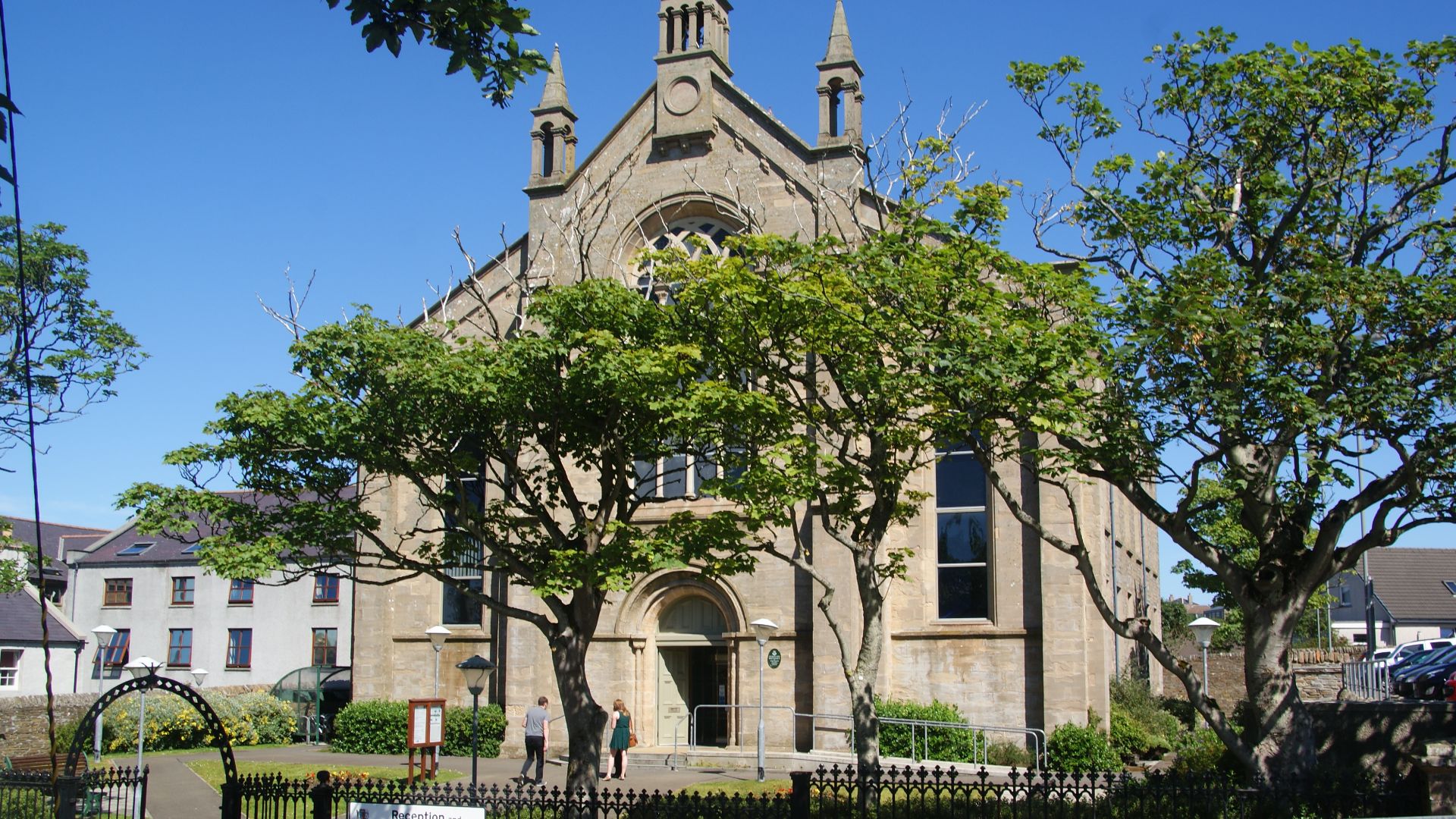 Bill Boaden , Wikimedia Commons
Bill Boaden , Wikimedia Commons
Funding Secured For Long-Term Study (Cont.)
That funding also led to hands-on conservation. Specialists began by slowly stabilizing the soaked timbers using humidity controls and salt extraction methods standard in maritime archaeology. At the same time, digital scans captured each beam's shape to allow researchers to study the wreck and plan future exhibits without risking damage.
The Community Leads Its Own Maritime Revival
The discovery sparked a wave of local pride. Residents organized lectures and school events, which turned the wreck into a learning experience. Tourists came to see the preserved beams on walking tours, and storytelling revived Sanday's maritime identity by linking the past with the present.

